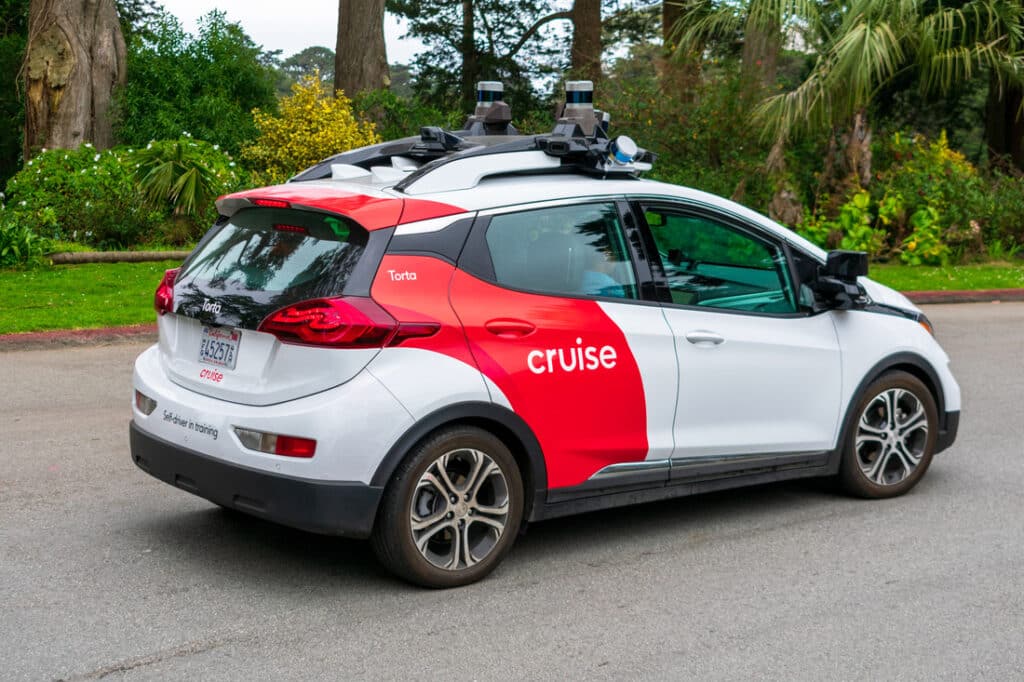General Motors (GM) has announced the end of its Cruise robotaxi program, marking a significant shift in the autonomous vehicle sector. This change highlights some of the challenges associated with keeping aspirations realistic toward innovation-driven industries facing consumer trust, regulatory terms and technological limitations. While the Cruise robotaxi program was once one of the most ambitious endeavors in autonomous transportation, its shutdown offers insight into the potential complications of such innovation.
The vision and its challenges
The Cruise autonomous vehicle unit sought to catalyze the transformation of urban mobility by introducing self-driving robotaxis. After an initially optimistic start and more than $2 billion in investment, many critical obstacles stood in the program’s path. These included regulatory limitations to the expansion into new markets and persistent safety concerns that have eroded consumer trust. A highly publicized incident where a Cruise vehicle collided with a pedestrian called into question the readiness of the technology for mass deployment and further complicated things for GM.
Consumer trust is unequivocally a major factor in Cruise’s setbacks. Yet many consumers remain skeptical and have concerns regarding the safety of autonomous vehicles. These are doubts that GM had not particularly planned for, especially with increased regulatory scrutiny.

The realities of regulations and technology
The autonomous vehicle industry finds itself at a crossroads of shifting regulations and tremendous technological evolution. Testing and deployment approvals have faced apparent postponements, not to mention various differing regulations amongst states and countries. Negotiating these necessities slowed the pace of this program drastically, and General Motors was not able to meet the requirements in order for Cruise to financially cover its expenses.
Technological hurdles, including the challenge of real-life traffic situations, showed the inability of current AI-driven systems to handle such tasks. Even with the tremendous progress being made in machine learning and sensor technology, fully autonomous capability is yet a mirage. Cruise vehicles, which have struggled to handle unpredictable urban environments, underline the difficulty in translating lab-based innovations into practical, real-world applications.
Lessons for the industry
GM’s decision to cease the entire program underscores the significance of balancing ambition with realism. This choice reflects the underlying recognition that achieving widespread adoption of autonomous vehicles goes way beyond technological innovation; rather, it has to do with investments in building consumer confidence, maneuvering regulatory challenges and addressing societal concerns about safety and employment.
For other companies with similar plans and goals, GM is a good reminder that the best-laid plans may very well lead astray. For industries boasting projects that require both long-term visions with short-term feasibility, it is vital to consider how key public trust and regulatory support truly is.
A new chapter for GM
While GM’s decision to end Cruise’s development marks the end of an intriguing but disappointing chapter, it also signals the company’s willingness to recalibrate its strategies. In order to focus on a more pragmatic future in transportation innovation, GM will need to align its blueprints with modern consumer demand and any potential regulatory conditions.
The closure of Cruise presents an opportunity for General Motors and the industry as a whole to learn and adapt from this specific venture. As the autonomous vehicle sector continues to advance, the difficulties faced by this program will aid in future approaches to innovation—stressing the importance of having a strategic and well-rounded vision.
Photo courtesy of Michael Vi/Shutterstock





